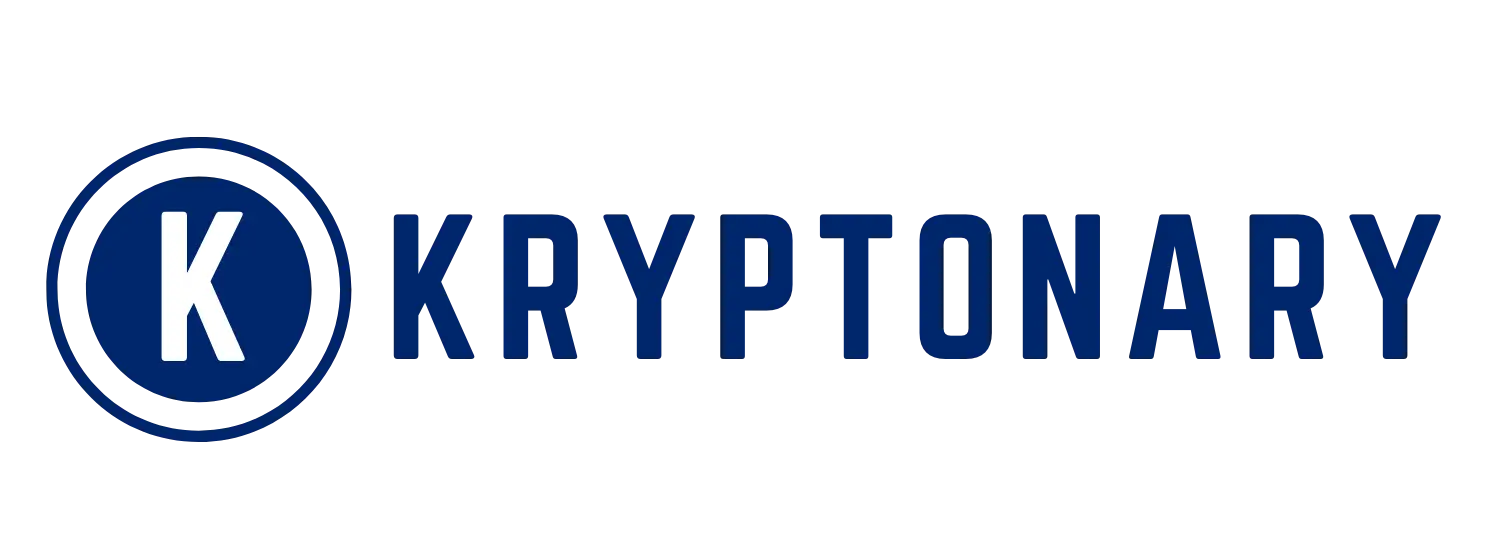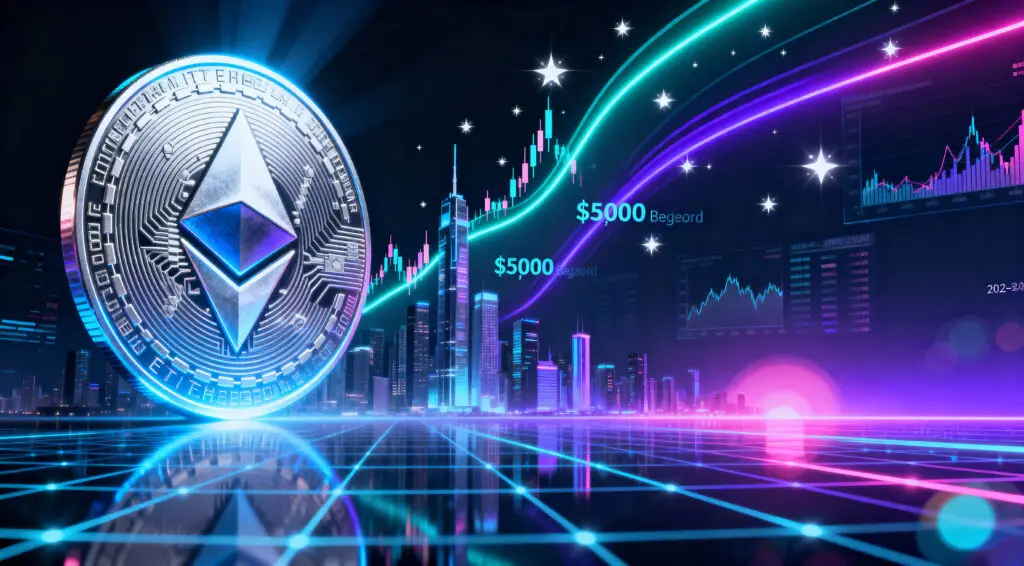A Major Shift in U.S. Immigration Policy
The Trump administration announced plans to impose a $100,000 annual fee for each H-1B visa. The move marks one of the administration’s most sweeping efforts to reshape skilled worker immigration.
The new policy would affect around 85,000 visas issued annually under the program. Companies could face millions in added costs over three-year periods. Critics warn the change could undermine America’s competitiveness in global technology.

Immediate Impact on Tech Giants
Tech companies were among the first to respond to the announcement. Microsoft, Amazon, and JPMorgan advised H-1B holders to remain in the United States until further guidance was issued. Internal emails warned employees abroad to return before the new fees take effect.
The advice reflects uncertainty about how quickly the new rules will be enforced. For workers, the new policy creates a cloud of instability over career and relocation decisions.
India and China Most Affected
The majority of H-1B visas are issued to Indian nationals, who accounted for 71% of approvals in 2024. China followed with 11.7%, making the two countries the most heavily impacted by the new fee structure.
Indian IT firms such as Infosys and Wipro rely heavily on the program, with shares falling between 2% and 5% after the news. U.S.-listed Cognizant Technology Solutions, also dependent on H-1B workers, dropped nearly 5%. Analysts say the policy disproportionately targets global talent pipelines.
Recommended Article: Canada Central Bank Cuts Key Rate to 2.5% as Trump Tariffs Bite
Administration Defends the Move
Commerce Secretary Howard Lutnick argued that the policy would push firms to train U.S. graduates. “Train Americans. Stop bringing in people to take our jobs,” Lutnick said. Trump allies framed the measure as a way to protect domestic workers.
Officials emphasized that “all the big companies are on board” with the fee, though few publicly confirmed support. Critics say the administration is prioritizing protectionist optics over economic pragmatism.
Legal and Economic Questions Raised
Immigration experts questioned whether the administration has the authority to impose such high fees. Current law allows fees only to cover administrative costs, far below the $100,000 annual requirement. Policy analysts warned that the move could push companies to shift operations overseas.
This risk is especially acute in fields like artificial intelligence, where the U.S. faces competition from China. Opponents argue the new rule could weaken America’s innovation edge long-term.
Market Reaction and Industry Pushback
The announcement triggered immediate declines in tech-related stocks. Beyond Cognizant, Infosys, and Wipro, investors braced for broader volatility in outsourcing and IT services.
Venture capital firms also criticized the move, with Menlo Ventures partner Deedy Das calling it a “disincentive to attract the world’s smartest talent.” Analysts say smaller firms and startups could be hit hardest by rising labor costs. Larger companies may absorb the fees but warn of reduced hiring flexibility.
Alternative Pathways: Gold Card Residency
Alongside the H-1B overhaul, Trump signed an order to introduce a “gold card” residency program. The initiative would allow individuals to pay $1 million for U.S. permanent residency. Critics argue the policy creates a two-tier immigration system favoring the wealthy.
The dual announcement underscores the administration’s broader immigration agenda. While the gold card appeals to investors, the H-1B fee risks alienating the skilled labor pool.
A Blow to America’s Tech Ambitions
The H-1B program has long been a cornerstone of U.S. tech sector growth. Companies such as Amazon, Microsoft, and Meta rely on skilled foreign workers to fill critical roles. Analysts warn the fee could force companies to offshore high-value work.
Supporters of the crackdown argue it will protect U.S. wages and opportunities. Whether the policy strengthens or undermines America’s innovation economy may become clear in the next few years.















